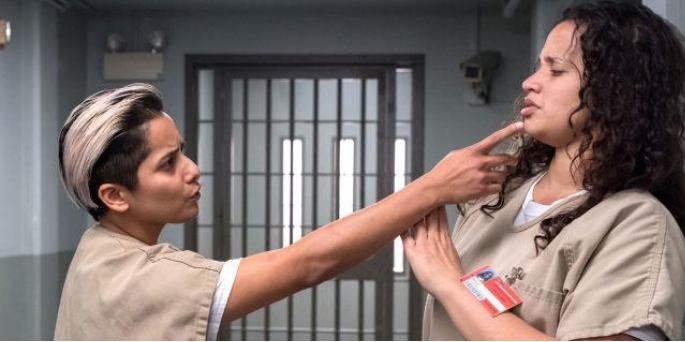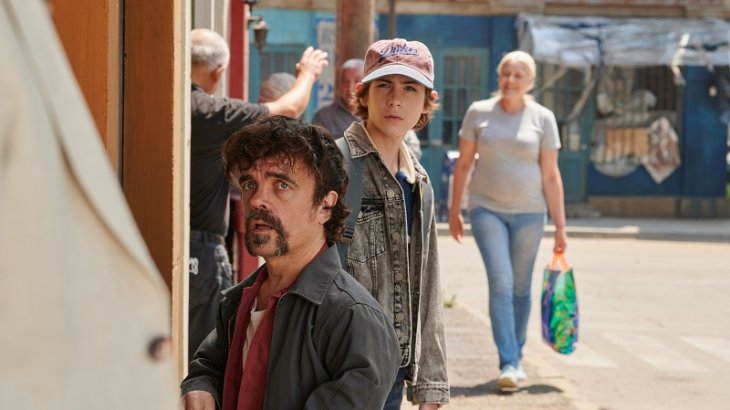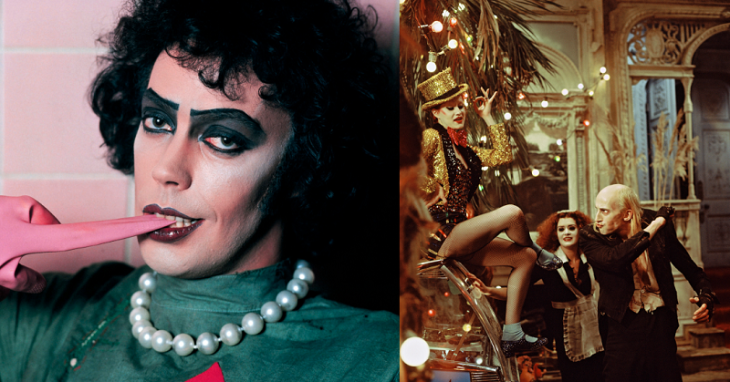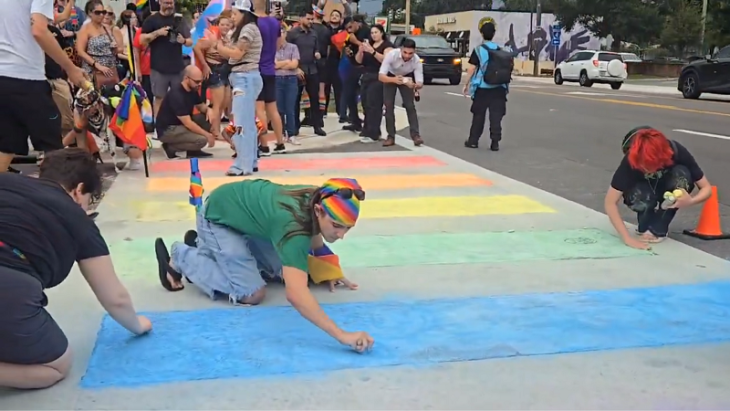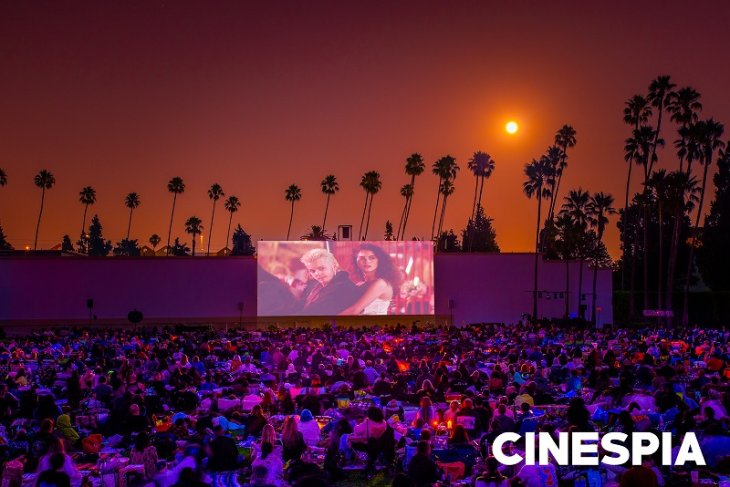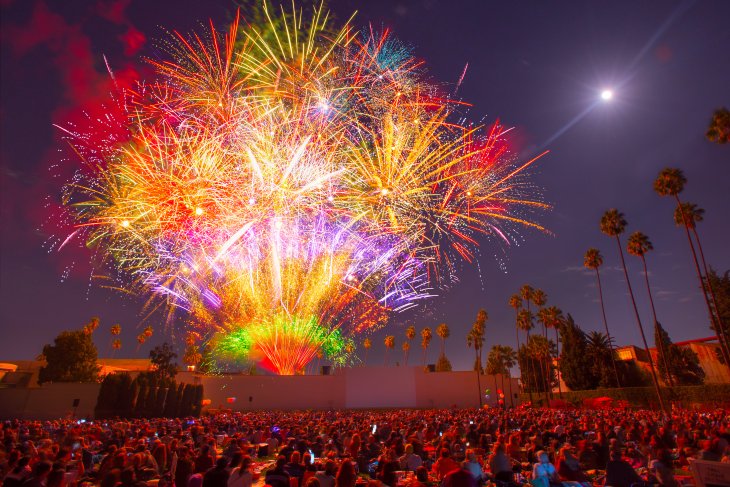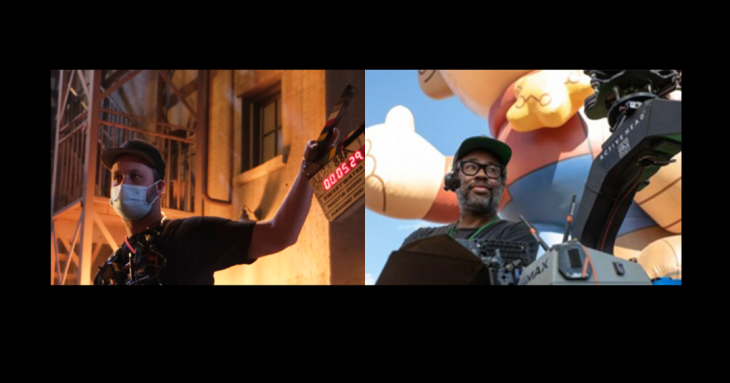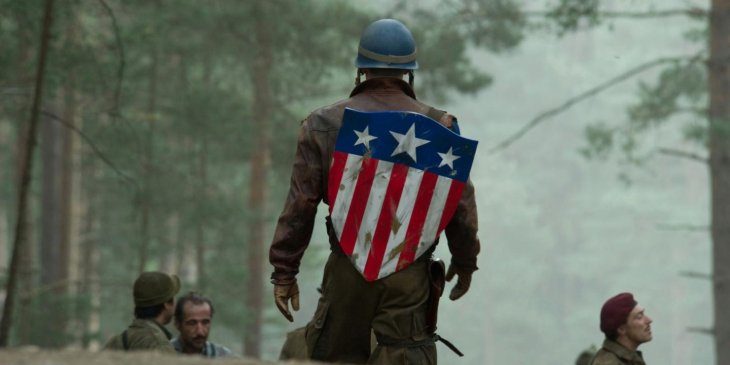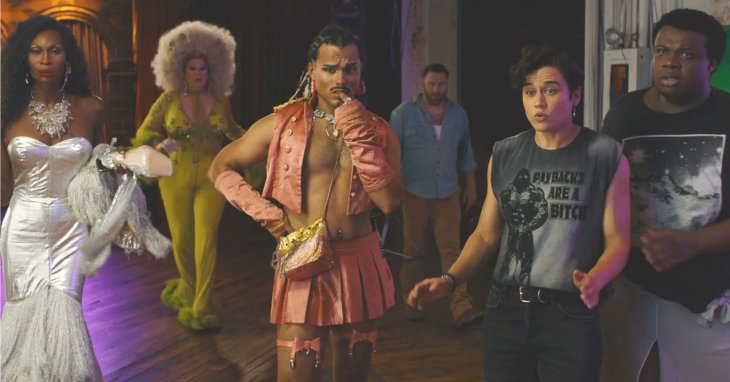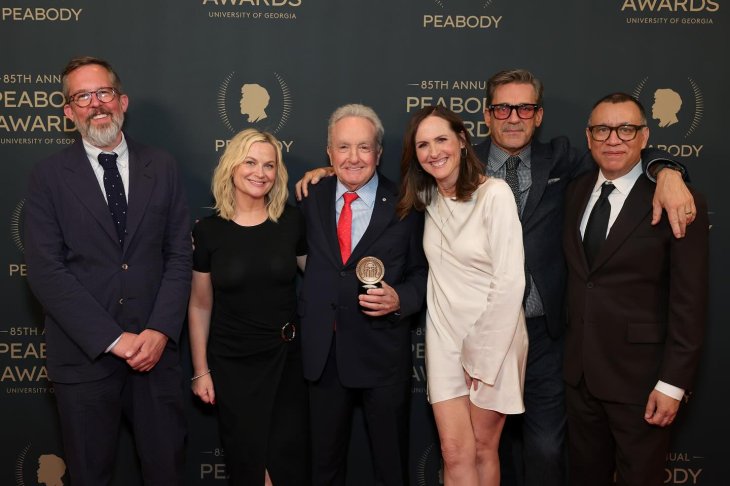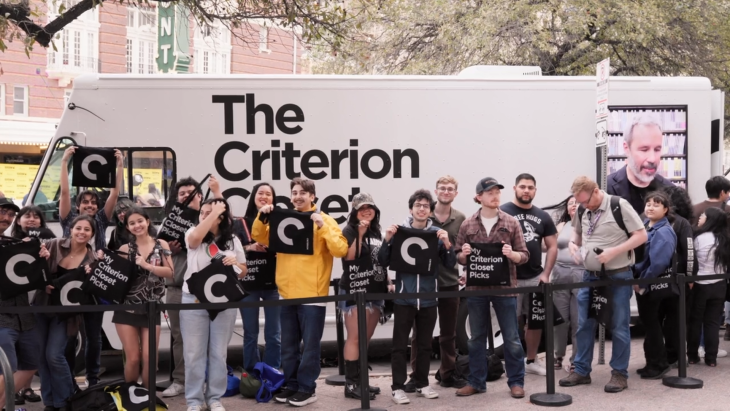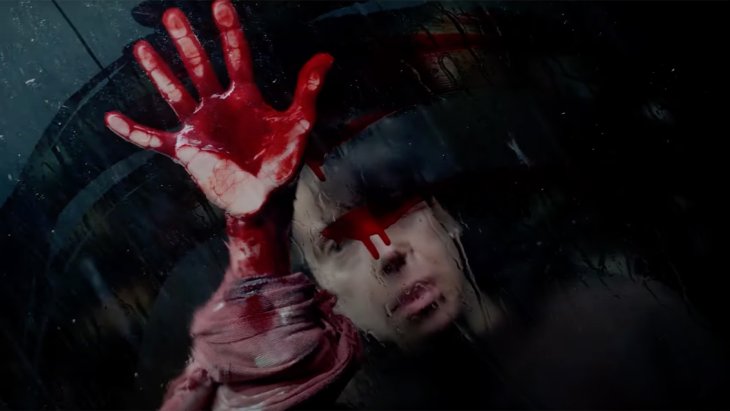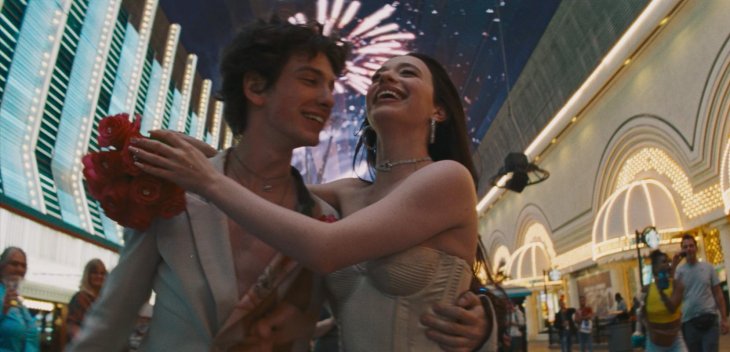By Elijah Sanchez
The entire spectrum the of the LGBTQ+ community needs to be represented on screen, not just the Cis White Man.
As society baby-steps toward inclusivity, it is crucial to be mindful of the intersectionality of the LGBTQ+ community.
Queer and trans people of color continue to be underrepresented when it comes to film and television. 18.4 percent of films contained characters who identified as lesbian, gay, bisexual, transgender or queer and only 20 percent of them were people of color, according to a 2017 GLAAD report.
This is a recurring problem with representation of the LGBTQ+ community. Films and television continue to choose gay, white, cisgender males as the sole representatives of the queer individuals. Gay males account for 83 percent of LGBTQ+ characters on screen.
A fresh change of pace, “Orange is the New Black” has been challenging this trend since 2013 and continues to do so in its recent sixth season on Netflix. The show has consistently cast women of color to play characters that have substantial influence in the plot of the show.
Right off the bat, the show has a trans women of color character who is played by trans icon, Laverne Cox. With the recent publicity of Scarlett Johansson accepting and then later rejecting the role of a trans character for a movie, it is important to be reminded that yes, there are highly skilled trans actors able and willing to tell their own stories.
“OITNB” has previously showcased white lesbian affairs. In the newest season, though, the show explores other types of relationships. Dayanara Diaz, played by Dascha Polanco, explores a new “gay for the stay” relationship with Donita ‘Daddy’ Duarte, played by lesbian woman of color Vicci Martinez. This not only highlights the diversity of the LGBTQ+ community’s melanin but also highlights the various personalities and relationship structures that can be found amongst the Queer community.
“OITNB” is one of the most popular shows in the United States. Over 5.37 million U.S. viewers watched the new season in the first three days of availability, according to Variety Magazine. The show’s success, as wells as the success of other recent LGBTQ+ shows – like “Queer Eye” and “Pose” – proves that LGBTQ+ stories certainly can be told by people of color and be extremely successful in the mainstream.
It is time to give queer and trans people – especially trans people of color – the opportunity to tell their own stories. There has been too much potential greatness wasted on blatant racism and transphobia within Hollywood. These actors deserve to have their talents shown to the world in mainstream films and television.

